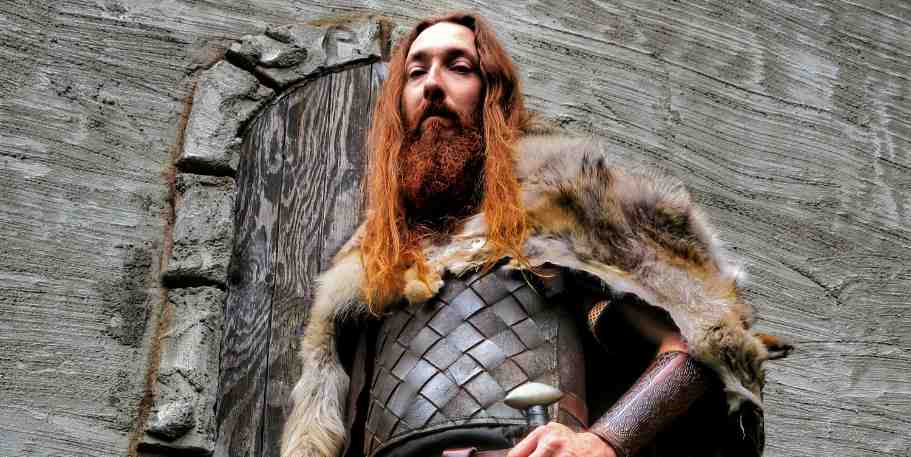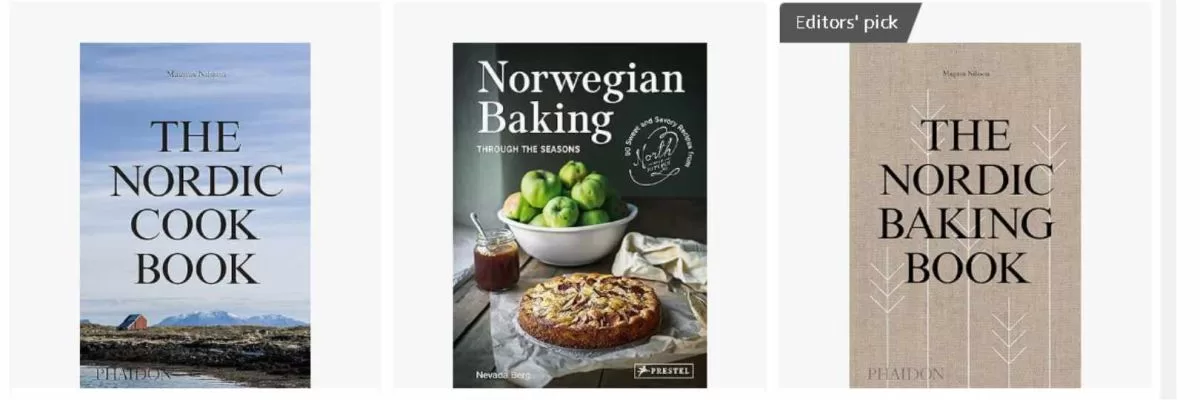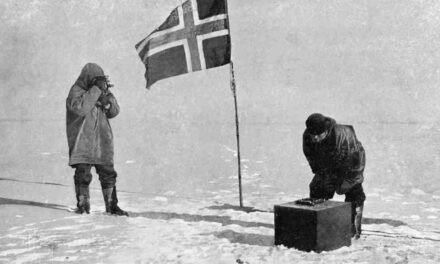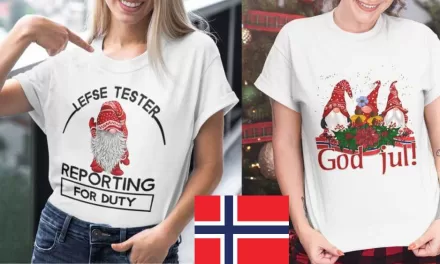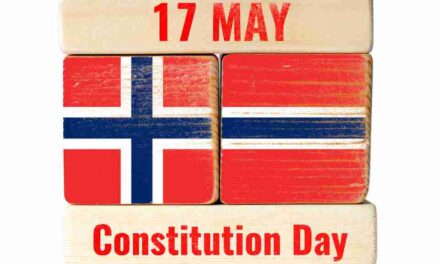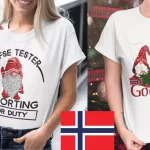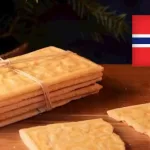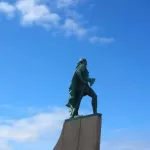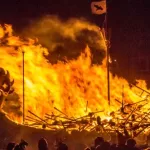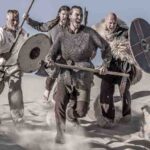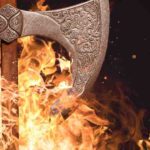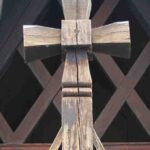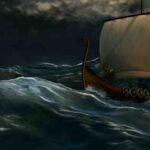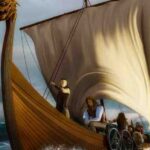The Ancestors of the Present Norwegians—Early Social Conditions—Independence and Self-government of the People—The Kings of the old Northmen
NORWAY (in the old Norse language Noregr, or Nord-vegr, i.e., the North Way), according to archæological explorations, appears to have been inhabited long before the historical time. The antiquaries maintain that three populations have inhabited the North: a Mongolian race and a Celtic race, types of which are to be found in the Finns and the Laplanders in the far North, and, finally, a Caucasian race, which immigrated from the South and drove out the Celtic and Laplandic races, and from which the present inhabitants are descended.
The Norwegians, or Northmen (Norsemen), belong to a North-Germanic branch of the Indo-European race; their nearest kindred are the Swedes, the Danes, and the Goths. The original home of the race is supposed to have been the mountain region of Balkh, in Western Asia, whence from time to time families and tribes migrated in different directions. It is not known when the ancestors of the Scandinavian peoples left the original home in Asia; but it is probable that their earliest settlements in Norway were made in the second century before the Christian era.
The first settlers probably knew little of agriculture, but made their living by fishing and hunting. In time, however, they commenced to clear away the timber that covered the land in the valleys and the sides of the mountains and to till the ground. At the earliest times of which the historical tales or Sagas tell us anything with regard to the social conditions, the land was divided among the free peasant-proprietors, or bonde class. Bonde, in English translation, is usually called peasant; but this is not an equivalent; for with the word peasant we associate the idea of inferior social condition to the landed aristocracy of the country, while these peasants or bondes were themselves the highest class in the country. The land owned by a peasant was called his udal. By udal-right the land was kept in the family, and it could not be alienated or forfeited from the kindred who were udal-born to it. The free peasants might own many thralls or slaves, who were unfree men. These were mostly prisoners captured by the vikings on their expeditions to foreign shores; the owners could trade them away, or sell them, or even kill them without paying any fine or man-bote to the king, as in the case of the killing of a free man. As a rule, however, the slaves were not badly treated, and they were sometimes made free and given the right to acquire land.
In early days Norway consisted of a great number of small states called Fylkis, each a little kingdom by itself. The free peasants in a Fylki held general assemblies called Things, where laws were made and justice administered. No public acts were undertaken without the deliberation of a Thing. The Thing was sacred, and a breach of peace at the thing-place was considered a great crime. At the Thing there was also a hallowed place for the judges, or “lag-men,” who expounded and administered the laws made by the Thing. Almost every crime could be expiated by the payment of fines, even if the accused had killed a person. But if a man killed another secretly, he was declared an assassin and an outlaw, was deprived of all his property, and could be killed by any one who wished to do so. The fine or man-bote was heavier, the higher the rank of the person killed. For a thrall or slave no man-bote was paid.
The Thing or Fylkis Thing was not made up of representatives elected by the people, but was rather a primary assembly of the free udal-born peasant-proprietors of the district. There were leading men in the fylki, and each fylki had one or more chiefs, but they had to plead at the Thing like other free men. When there were several chiefs, they usually had the title of herse; but when the free men had agreed upon one chief, he was called jarl (earl), or king. The king was the commander in war, and usually performed judicial functions; but he supported himself from his own estates, and the free peasants paid no tax. The dignity of the king was usually inherited by his son, but if the heir was not to the liking of the peasants or people, they chose another. No man, however clear his right of succession, would think of assuming the title or power of a king except by the vote of a Thing. There he was presented to the people by a free peasant, and his right must be confirmed by the Thing before he could exert any act of kingly power. The king had a number of free men in his service, who had sworn allegiance to him, and who served him in war and in peace. They were armed men, kept in pay, and were called hird-men or court-men, because they were members of the king’s hird or court. If they were brave and faithful, they were often given high positions of trust; some were made lendermen (liegemen), or managers of the king’s estates. Read next >> The Religion of the ancient Norwegians


